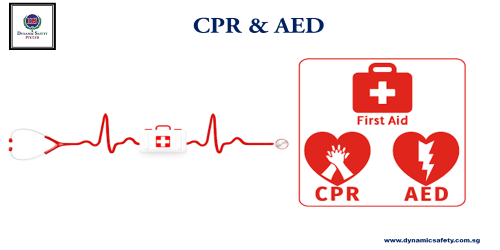



Blog
What is CPR & AED

During cardiopulmonary resuscitation (CPR), mouth-to-mouth breathing and chest compressions are performed. Hearts and brains are supplied with oxygenated blood through CPR.
When CPR is performed immediately after cardiac arrest, a person can survive until more advanced procedures can be implemented (such as defibrillation). Bystanders who perform CPR on victims of cardiac arrest double their chances of survival.
Defibrillators deliver an electric shock inside the body through the chest to the heart using an automated external defibrillator (AED). In the event of sudden cardiac arrest (SCA), a shock can restore a normal rhythm by stopping an irregular heartbeat (arrhythmia).
An unexpected stoppage of the heart beat causes SCA. It can quickly lead to death if not treated within minutes.

